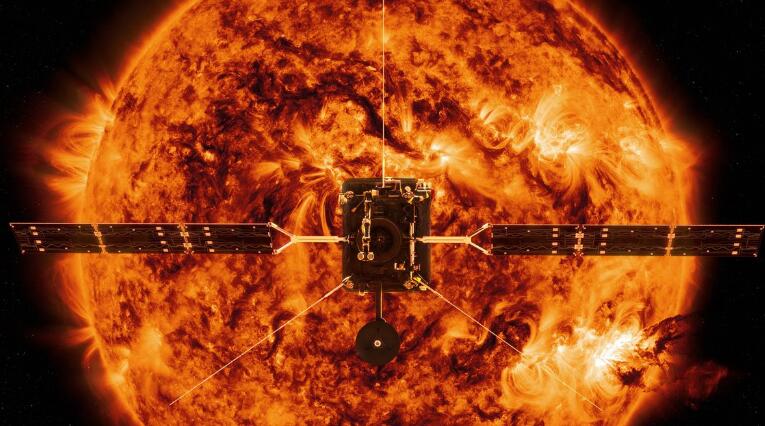At a distance of 4.25 light-years away from the Earth, scientists observed a red dwarf star whose mass is only one-eighth that of the sun. It is surrounded by two exoplanets, one of which is in the habitable zone of stars and is likely to form An environment that supports the proliferation of life.
However, when scientists were observing the red dwarf for a long time, a huge flare burst appeared. This flare burst is more than 100 times stronger than the sun’s flares at any time, and may change the environment of the star system forever.
Scientists captured the 7-second flare burst, and the brightness of the star increased by 14,000 times:
This red dwarf star is located in the constellation Centaurus and is named Proxima. Because of the existence of two exoplanets, nine astronomical telescopes on Earth are observing it, and the Hubble Space Telescope is also paying close attention to this star system.
Although this stellar system is very close to the earth and there are exoplanets similar to the earth, scientists have captured the flares of stars during the dozens of hours of observation.
The scientists captured the 7-second flare response this time, and the intensity of the flare is about 100 times stronger than any flare experienced by the solar system.
In a few seconds of flare bursts, scientists observed that the brightness of stars was 14,000 times brighter than normal through the spectrum. By understanding the response of stellar flares, scientists can help scientists understand the daily life of the star and judge the life around the star. possibility.
Stellar flares are the product of the fusion of a large amount of charged gas and magnetic field, releasing huge energy to the outside world in the form of radiation. Compared with the sun, the flares of Centaurus are very powerful and different from solar flares.
A large number of ultraviolet and radio waves are called “millimeter-level radiation waves.”
Such a huge flare may lead to the extinction of life:
According to new scientific research, the frequency of red dwarf flares is much greater than that of similar earth-like flares, and the flares of red dwarfs often have radiation of multiple wavelengths.
This kind of intense radiation may greatly reduce the possibility of extraterrestrial life appearing around. Due to frequent flares, it is difficult to preserve the atmosphere of exoplanets, so it is difficult to gather enough atmosphere and thus unable to obtain sufficient oxygen. .
Assuming that alien life is similar to life on Earth, it is difficult to thrive near red dwarfs, and these flare reactions often occur every few days.
to sum up:
After observing the super-flare response that could destroy life in the solar system, scientists’ expectations for life in Centauri have dropped a bit.
After all, under such a powerful flare, if there is still life to survive, then they must be very different from the people on earth. We should also be grateful that the sun is a “lazy” star, which is almost always in a stable state. Frequent activities~






